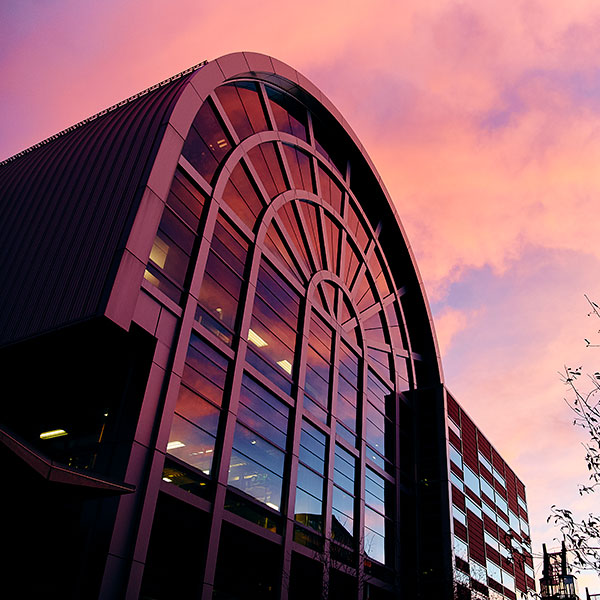Overview
Industrial instrumentation requires far more than theory. It requires skilled technicians who know how to work with real systems in real environments. In this intermediate course, and the second of the Industrial Instrumentation Certificate of Achievement, you’ll gain practical experience with the measurement tools, calibration techniques, and automation technologies critical in today’s in-demand industrial workplaces, like manufacturing, oil and gas, and energy.
Building on foundational skills from Industrial Instrumentation I, this course covers instrument maintenance, calibration, and measurement techniques for pressure, flow, and temperature. You'll explore tools essential in industrial automation, including PLCs, FOUNDATION Fieldbus, pneumatic instruments, and data acquisition.
This course gives you the technical theory to confidently work with industrial instrumentation—whether you're completing SAIT’s Industrial Instrumentation Certificate of Achievement or aiming to advance in your field.
This course is ideal if you:
- want to build confidence with industrial instruments, calibration, and measurement techniques
- seek to develop knowledge of PLCs, FOUNDATION Fieldbus, and other automation technologies
- are looking to strengthen your technical skills and open doors to advanced opportunities in process automation.
To be eligible to take this course, you must complete INST 155 – Industrial Instrumentation I, prior to registering for this course.
Upon successful completion of this course, you'll be able to:
- define and outline pneumatic instrumentation
- define and outline digital data acquisition and networks
- understand FOUNDATION Fieldbus and wireless instrumentation
- describe the different calibration methods and terms associated with calibration
- describe the concept of pressure measurement and force as it pertains to flow rate describe the different methods of displaying and sensing levels in open and closed vessels
- define the difference between temperature and heat, as well as describe different temperature-sensing devices
- describe the theory of a thermocouple and how it is used as a temperature sensor, as well as discuss resistance temperature detectors and thermistors
- discuss the main groups of flow measurement, the principle of operations and the installation of flow measuring instruments
- understand different methods of analytical measurement
To request a course outline, contact ConEdAdvising@sait.ca.
Upcoming dates
Select an available section and add it to your cart. When you're ready, proceed to check out to sign into your student account and complete your registration.
Don't have a student account? Let's set one up!
Registration closes seven days before the start date for on-campus, online scheduled, and blended courses, and one day before the start date for online self-paced courses.
After you've completed this course
Upon successful completion of this course, you'll be able to self-print a proof of completion document from your Continuing Education student account.
Costs
Technology
To be successful in this course, you’ll need:
- Access to your own computer or laptop with standard hardware/software requirements.
- Internet access

Financial support
Financial opportunities are available to help pay for your course fees. Learn more about how to reduce your education or training costs with available awards, bursaries, loans and grants including the Canada Alberta Productivity Grant.
Applicable certificates
This course applies to the following certificate programs:

Train your team
Interested in group training opportunities for this course? Tell us about your organization's needs, and one of our training consultants will contact you within one business day.

Oki, Âba wathtech, Danit'ada, Tawnshi, Hello.
SAIT is located on the traditional territories of the Niitsitapi (Blackfoot) and the people of Treaty 7 which includes the Siksika, the Piikani, the Kainai, the Tsuut’ina and the Îyârhe Nakoda of Bearspaw, Chiniki and Goodstoney.
We are situated in an area the Blackfoot tribes traditionally called Moh’kinsstis, where the Bow River meets the Elbow River. We now call it the city of Calgary, which is also home to the Métis Nation of Alberta.